Tungsten Crucible
- Details
- Category: Tungsten Information
- Published on Friday, 06 June 2025 15:01
- Written by Xiaoting
- Hits: 197
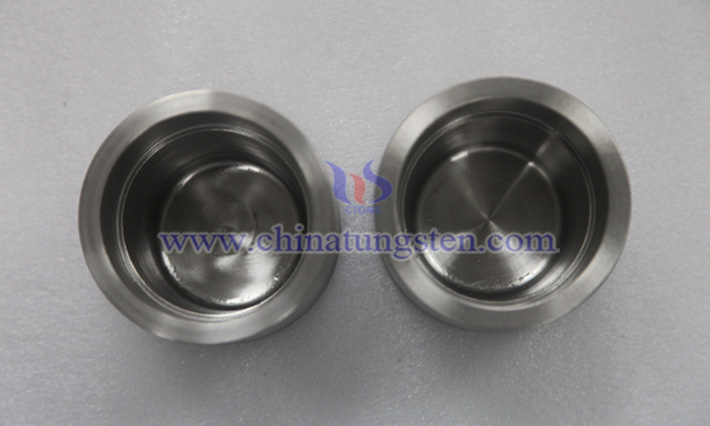
Like an evaporation tungsten boat, tungsten crucible is a typical product made from refractory metal tungsten, primarily using tungsten powder as the raw material. It is a high-temperature resistant vessel with the English name tungsten crucible. It generally contains over 99.95% tungsten and is typically cylindrical in shape, with diameters ranging from 10mm to 500mm, heights from 10mm to 750mm, and wall thicknesses from 8mm to 20mm.
Tungsten Niobium Alloy
- Details
- Category: Tungsten Information
- Published on Friday, 06 June 2025 14:58
- Written by Xiaoting
- Hits: 203
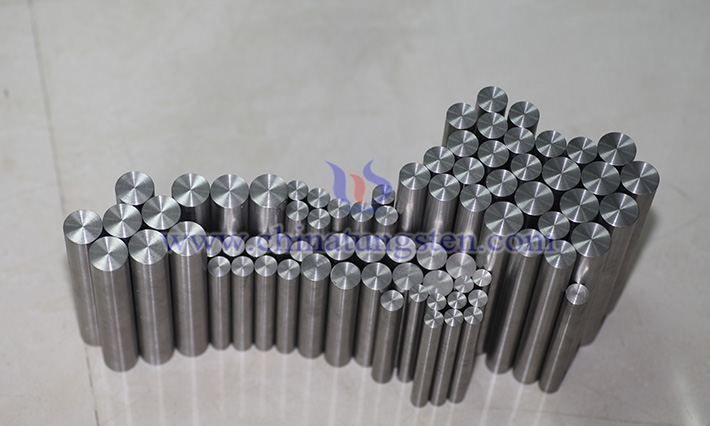
Tungsten niobium alloy, also known as niobium tungsten alloy, is a two-phase alloy composed of two transition metals or refractory metals, similar to tungsten-molybdenum (WMo) alloys. It is widely used in aerospace, aviation, maritime, military, and defense fields due to its excellent mechanical, thermal, and chemical properties. Note: Tungsten (W) has an atomic number of 74, and niobium (Nb) has an atomic number of 41.
What is Molybdenum Bar?
- Details
- Category: Tungsten Information
- Published on Thursday, 05 June 2025 17:55
- Written by Xiaoting
- Hits: 179
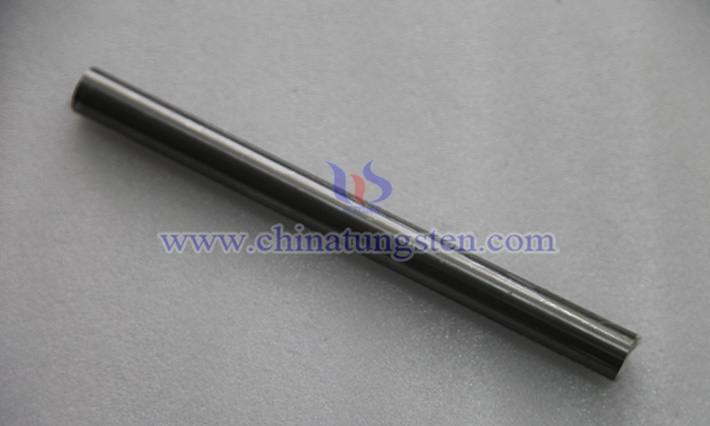
Molybdenum bar is a rod-shaped product made primarily from high-purity molybdenum, with a purity of up to 99.7%. Renowned for its excellent thermal, mechanical, chemical, and electrical properties, it serves as a core foundational material in key industries such as metallurgy and power equipment.
Tungsten Alloy Bitcoin
- Details
- Category: Tungsten Information
- Published on Thursday, 05 June 2025 17:58
- Written by Xiaoting
- Hits: 200
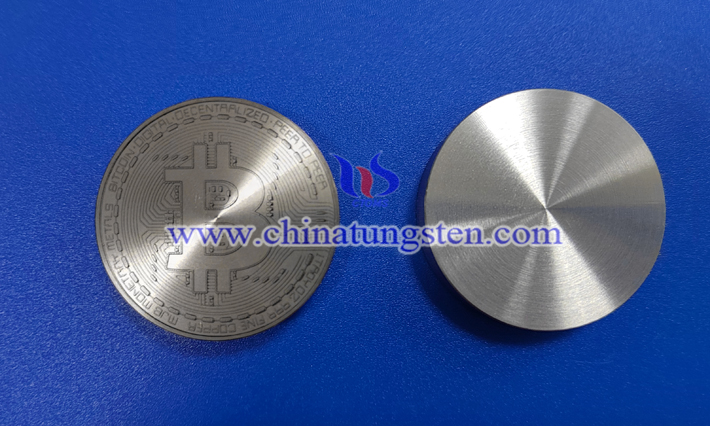
Like tungsten cubes, tungsten bitcoin is a beloved item among cryptocurrency enthusiasts. Made from a tungsten-based alloy, it is also known as a tungsten alloy bitcoin. Its advantages of being impervious to wear, fade, or deformation make it an ideal souvenir, collectible, or gift for friends.
Application Value of Barium Tungsten Electrode in High-Energy Particle Accelerators
- Details
- Category: Tungsten Information
- Published on Thursday, 05 June 2025 17:55
- Written by Zhenghua
- Hits: 202
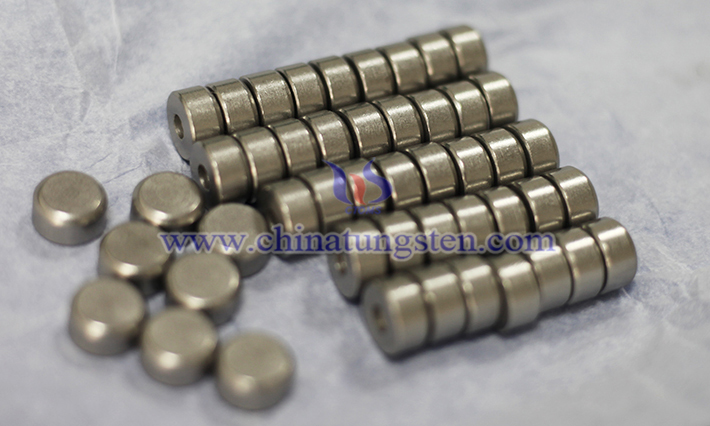
Barium tungsten electrodes play a crucial role in high-energy particle accelerators, especially electron accelerators and free electron lasers, mainly as the core component of high-performance electron sources - electron gun cathodes. Its application value is mainly reflected in the following aspects:
Read more: Application Value of Barium Tungsten Electrode in High-Energy Particle Accelerators





 sales@chinatungsten.com
sales@chinatungsten.com